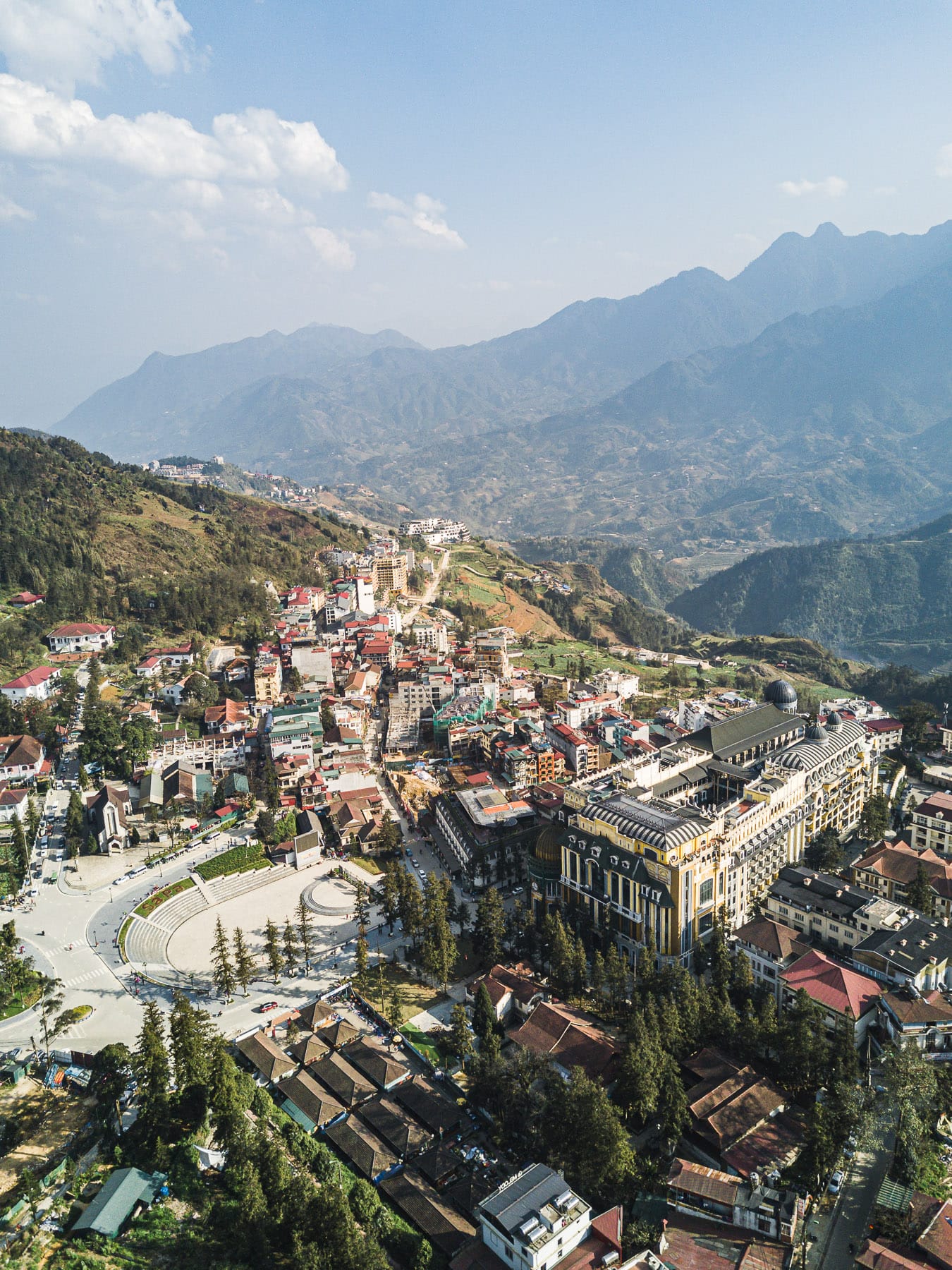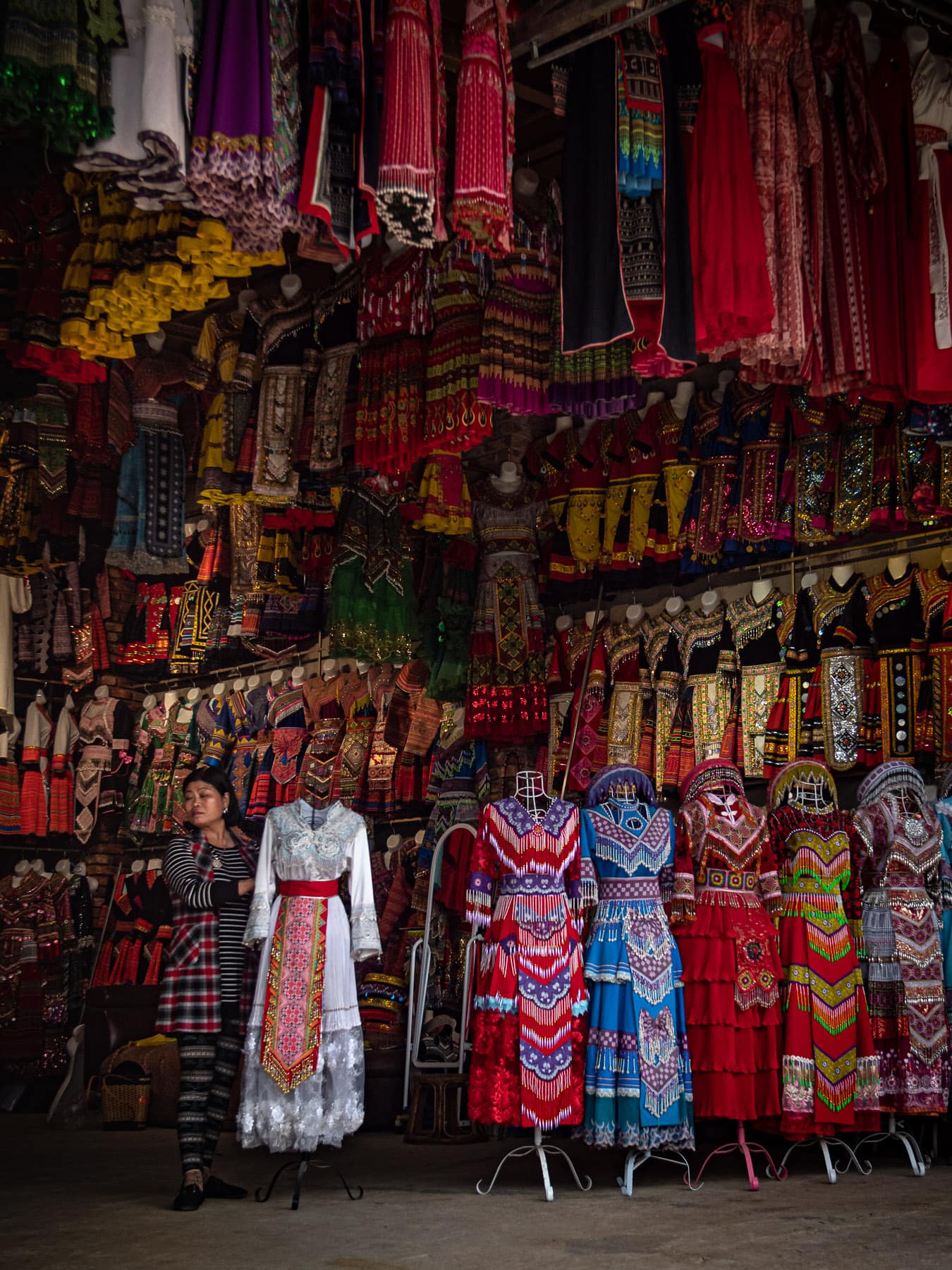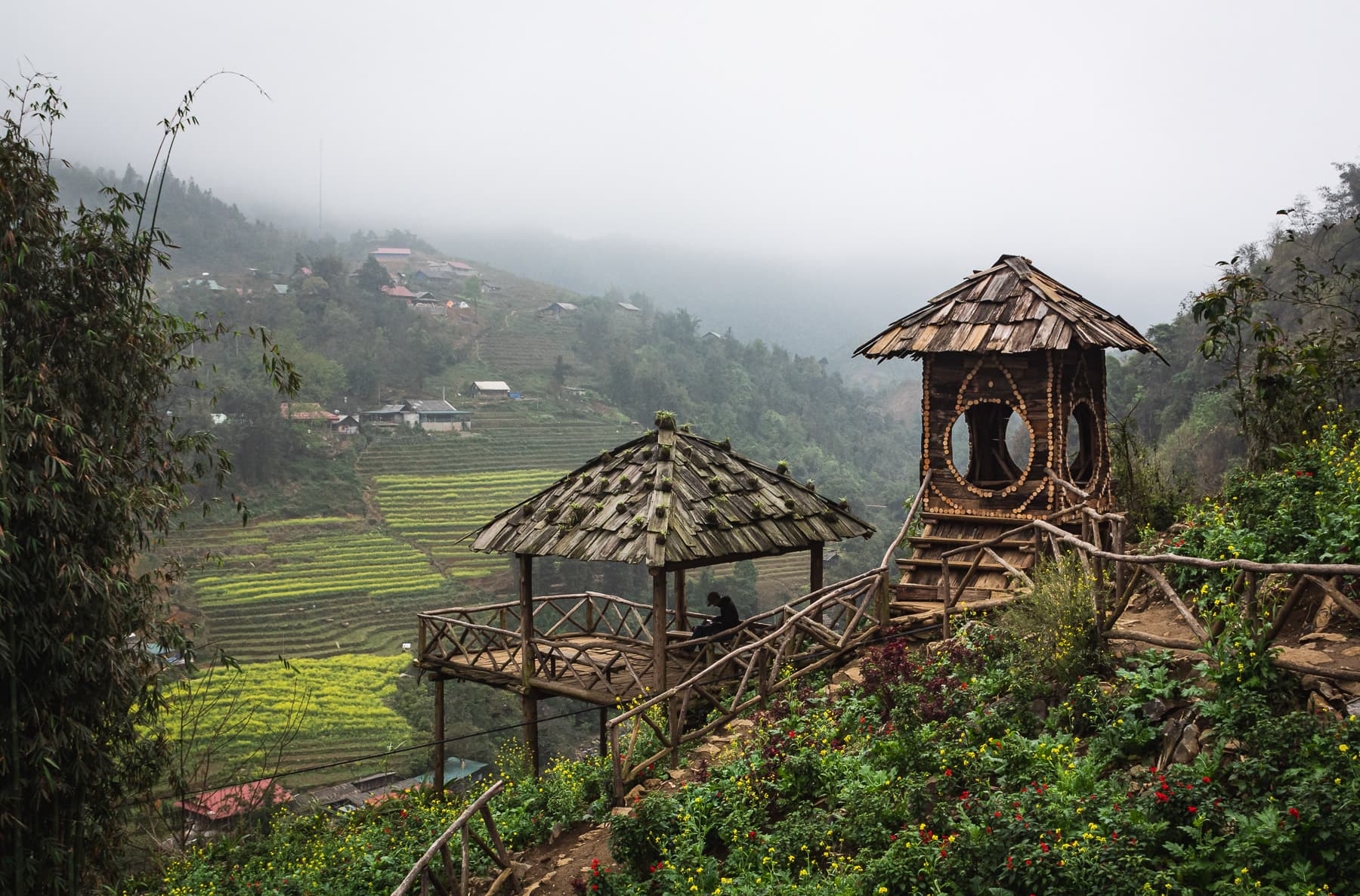
March, 2020
Sa Pa | Vietnam
Sa Pa is a small mountain town located in the north-western region of Vietnam. It lies at an elevation of about 1.500 meters, making it one of the coldest regions in Vietnam and, during winter, it’s possible to witness occasional snowfalls. Somedays, the weather can change extremely fast, and people say that we can experience “4 seasons in a day”. The district is also home to a few ethnic minority groups such as Hmong, Tao, Dao (Yao), Giáy, Xa Pho and Tay. Most of the ethnic groups work in agriculture, with rice being the most relevant output. Since the majority of the land is mountainous, rice fields in sloping terraces can be found. Sa Pa history became closely related to French colonialism by early 19th century once the region was established as a hill station by French colonialists.
The town of Sa Pa
Originally the site of a Hmong settlement, Sa Pa history became closely related to French colonialism by early 19th century. Established as a hill station by French colonialists, government branches were open in the district and visitors started to arrive, attracted by the quasi-European climate and the mountainous scenery.
At the end of the second World War, a long period of conflict began in Sa Pa region. In the process, most of French colonial buildings were destroyed, either by Viet Minh allies in the late 1940’s or by French colonialist raids in the early 1950’s. As a consequence of the conflicts, many locals moved away from the district and the former township entered in a prolonged time of sleep.
In the early 1960’s, due to the New Economic Zones migration schemes developed by the Vietnamese Socialist regime, new inhabitants started to migrate to the region and by 1993, the region was opened to international tourism. Since then, Sa Pa flourished as a touristic destination.
Cat Cat Village
Cat Cat Village is located at the bottom of Muong Hoa Valley and just two kilometers from Sapa town. This village was formed in the 19th century, after various ethnic H’Mong and Dzao families came together from other mountainous areas in northern Vietnam.
Cat Cat consists of nearly 80 households located along the stone road in the center of the village. Besides cultivating rice on the terraced fields, the residents in this village still preserve and develop traditional crafts such as weaving, knitting household appliances, carving silver and forging agricultural tools.
* All photos available for printing. Get in contact by email or on social media for more information.













